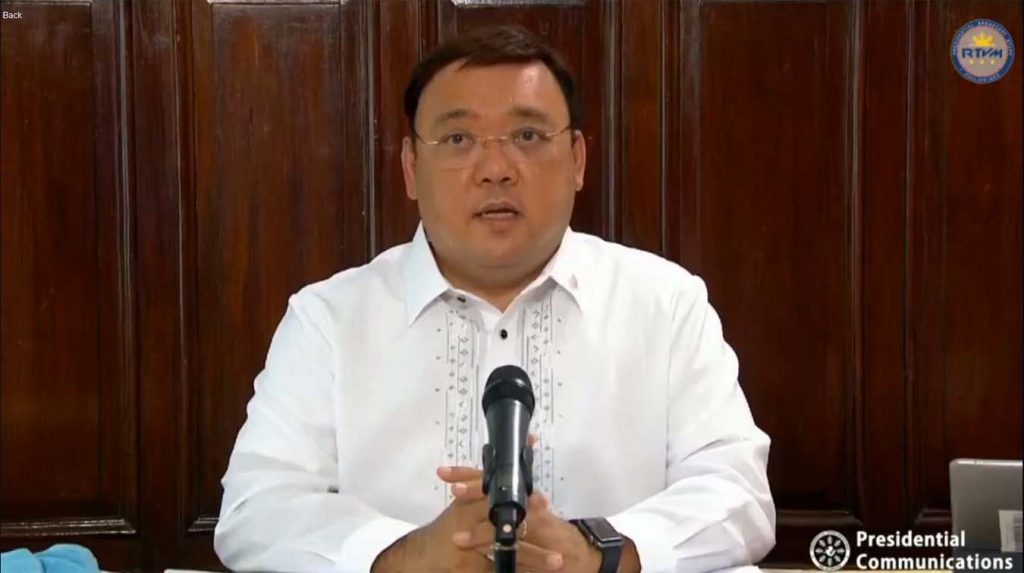News
Palace hopes for ‘peaceful’ resolution of US-China row

In a statement, Presidential Spokesperson Harry Roque said the Philippines considers both the US and China as its “special friends and trading partners”. (PCOO file photo)
MANILA – Malacañang on Friday expressed hope that the apparent rift between the United States and China would be “amicably and peacefully” addressed.
In a statement, Presidential Spokesperson Harry Roque said the Philippines considers both the US and China as its “special friends and trading partners”.
“We hope that both partners of the Philippines will be able to draw an understanding and resolve any and all issues between them amicably and peacefully,” Roque said.
Roque made the remarks, when asked if the government plans to review the Philippines’ ongoing projects with Chinese firms following the US’ decision to impose visa and export restrictions on 24 Chinese firms due to their supposed role in the militarization activities in the disputed South China Sea.
Roque believed that ending the apparent spat between the US and China would lead to “greater stability and security” in the South China Sea.
“This outcome will help further enhance greater stability and security in the region. This is what is needed for the mutual benefit and interest of everyone in our region,” he said.
Several firms related to China Communications Construction Co. (CCCC) were among those facing restrictions slapped by the US.
READ: DFA to endorse ending ties with China firms in SCS reclamation
Earlier, the Cavite government awarded to Filipino-Chinese consortium of MacroAsia Corp.
and CCCC the Sangley Point International Airport (SPIA) project, a 1,500-hectare master-planned international airport hub.
Cavite Governor Jonvic Remulla, in an interview with ABS-CBN News Channel, raised the possibility that the Cavite government might terminate its deal with CCCC, in case the partnership is seen to be a risk to national security.
Roque said President Rodrigo Duterte, as the chief architect of the country’s foreign policy, charted an “independent” foreign policy course that puts the national interest “at the core”.
He added that Duterte’s “main” consideration is “what is best” for his administration’s “Build, Build, Build” infrastructure program.





















